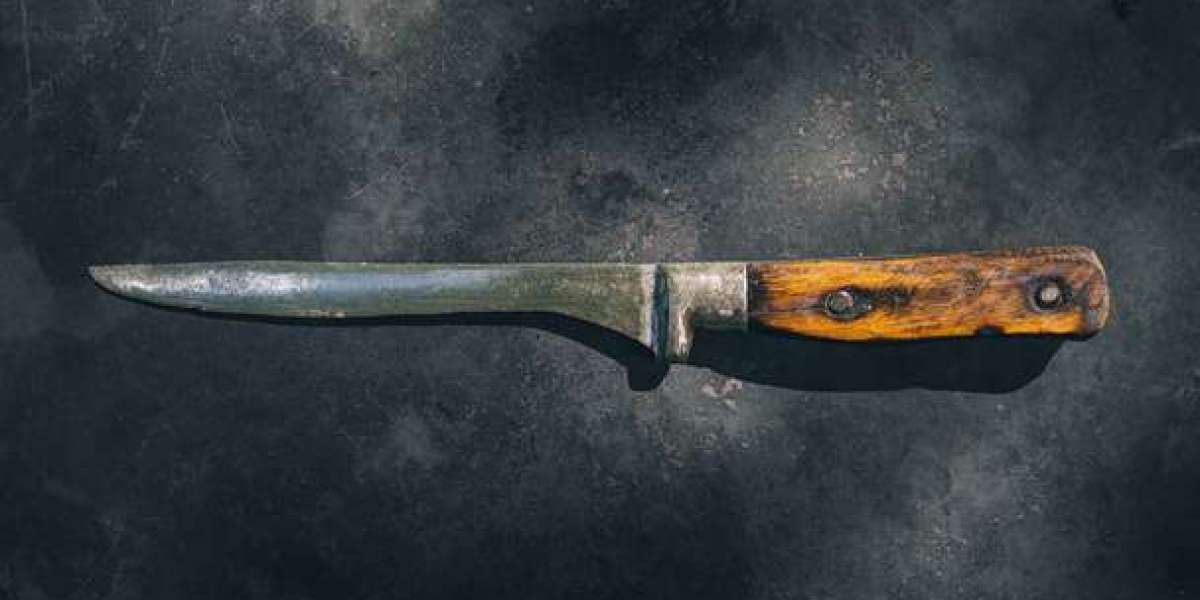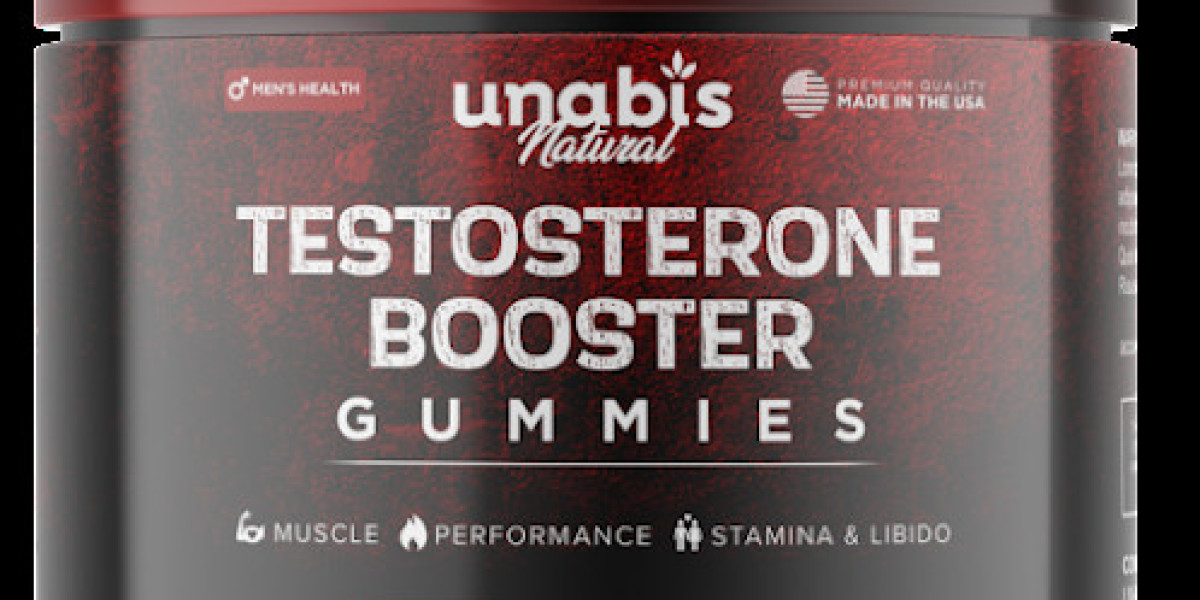Knives are valuable tools that require regular maintenance to ensure their longevity and optimal performance. One of the common challenges knife owners face is rust formation, which can not only affect the knife's appearance but also compromise its functionality. In this blog post, we will discuss the importance of a maintenance schedule for knives , including insights into Damascus knives, known for their distinctive blade patterns and exceptional cutting performance.
Maintaining a regular maintenance schedule for your knives is vital for their overall performance and lifespan. By dedicating time to care for your blades, you can prevent rust formation and ensure they remain sharp, functional, and aesthetically pleasing. Neglecting maintenance not only risks the accumulation of rust but also affects the knife's cutting efficiency and durability.
Establishing a Maintenance Routine: To keep your knives in optimal condition, it's crucial to establish a regular maintenance routine. This routine should include the following key steps:
a. Cleaning: Regularly clean your knives after each use to remove any food debris or moisture that can contribute to rust formation. Use warm water, mild soap, and a soft brush to gently scrub the blade. Avoid harsh abrasives or metal scouring pads that can damage the knife's surface.
b. Drying: Thoroughly dry your knives immediately after cleaning. Moisture is a primary catalyst for rust, so ensure the blades are completely dry before storing them.
c. Storage: Proper storage is essential to prevent rust. Store knives in a dry environment away from moisture and humidity. Consider using knife blocks, magnetic strips, or blade covers to protect the blades from accidental damage and exposure to moisture.
Rust Removal Techniques:
Despite our best efforts, rust may occasionally appear on knives. Here are some effective techniques for how to get rust off knives:
a. Lemon Juice and Baking Soda: Create a paste by mixing lemon juice and baking soda. Apply the paste to the rusted areas and gently scrub with a soft cloth or toothbrush. Lemon juice acts as a natural acid to break down the rust, while baking soda acts as a mild abrasive.
b. Vinegar Soak: Submerge the rusted knife in a container of white vinegar for several hours or overnight. The vinegar's acidity will help dissolve the rust. Afterward, scrub the blade with a soft cloth or brush and rinse thoroughly with water.
c. Commercial Rust Removers: There are various commercial rust removal products available in the market. Follow the instructions provided by the manufacturer to effectively remove rust from your knives. Be sure to rinse and dry the blade thoroughly after using any rust remover.
Conclusion: A well-maintained knife not only enhances your culinary experience but also ensures your safety and the longevity of your tools. By following a regular maintenance schedule, including proper cleaning, drying, and storage practices, you can minimize the risk of rust formation on your knives. However, if rust does appear, employing effective rust removal techniques such as using lemon juice, vinegar, or commercial rust removers can help restore your blades to their former glory.
Remember, a little effort in maintaining your knives goes a long way in preserving their functionality and beauty. By incorporating these practices into your routine, you can enjoy rust-free knives that will serve you well for years to come.








